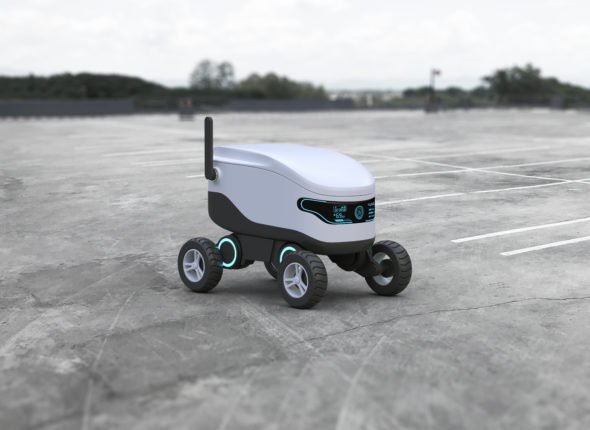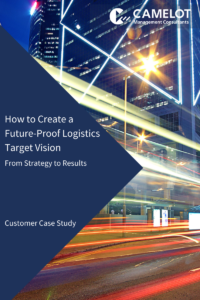Pandemics are one of the largest threats to human life, economies, and societies.
In the current situation of the Covid-19 outbreak, the WHO reports more than 69 million infections and 1.5 million deaths (WHO Coronavirus Disease (COVID-19) Dashboard | WHO Coronavirus Disease (COVID-19) Dashboard, 11/12/20). Despite all the bad news and problems that COVID-19 is standing for, the pandemic has also boosted the digitalization in several aspects in our life’s including how we get our orders delivered.
Increased number of home deliveries
Due to the possible infection risks when leaving home or safety regulations of governments, like lockdowns requiring to stay at home, the demand for home deliveries has significantly increased in 2020. For instance, online pharmacies are one of the segments that profit hugely from this development. In the German e-commerce of pharmaceuticals, the turnover has increased by 25% in the first quarter of 2020. Having a closer look, it has even increased by 88% in March 2020 compared to the previous year (Gefahr für die Apotheken vor Ort?: Coronakrise sorgt für Boom der Online-Apotheken – Wirtschaft – Tagesspiegel). Ultimately, this influences the number of smaller parcels that need to be delivered to private customers. However, CEP-providers have already struggled due to the huge parcel volumes before the start of the pandemic. In addition, the delivery of medicines to the front door still carries the risk of human-to-human infection during the parcel delivery.
A new way of last-mile delivery?
Logistics experts have introduced a new way of ‘contactless’ delivery to the last-mile delivery market – Autonomous Delivery Vehicles (ADVs). ADVs are electric and self-driving ground vehicles, which drive on streets and sidewalks with a limited speed of 5-10 km/h. They can manage all driving tasks by themselves without human intervention in a mixed traffic environment. For security and safety reasons, they are equipped with various sensors, cameras, and GPS tracking. Unlike the conventional delivery practices, the interaction is based on a human-technology interface (i.e., mobile app). By using these mobile apps, the customer has the option to choose a convenient day and timeslot when their orders should be delivered. In other words, no human-human interaction is needed during the final drop-off, which limits the risk of an infection for recipients enormously. Moreover, given their transport capacity, ADVs are perfectly suited to deliver smaller goods like pharmaceuticals and therefore might be a potential solution for last mile operators.
How will the future of last mile look like?
Even though the Vienna Convention still regulates the applicability of ADVs on European streets, several trial projects have taken place already. For instance, Starship Technology offers on autonomous last-mile delivery service in Milton Keynes (UK) and had some trial runs in Dusseldorf and Hamburg (Germany) in cooperation with the CEP-provider Hermes. In the U.S. NURO has recently got the distinction of being the first operator of ADVs to receive a federal exemption to mass-produce their vehicles for last-mile delivery.
In the last mile segment, there is recently a great shift of the typical operations that focus mainly on grocery and food delivery. NURO is the first autonomous vehicle operator that has started a trial project in cooperation with a large U.S. pharmacy (CVS pharmacy) to delivery medicine to the doorstep in Houston (U.S.). This shows the great applicability of ADVs for smaller parcels and explicitly for pharmaceuticals on the last mile and might be a showcase project and inspiration for other last mile operators.
In Germany, the Federal Ministry of Transport and Digital Infrastructure has announced in November 2020 that they want to be a forerunner and will allow autonomous vehicles on public streets by 2022. The draft law states that the operating fields should also include the first and last mile of goods transportation. This is a great signal into the next step of autonomous last mile delivery in Germany and will also very likely change the way we get parcels delivered in the future.
Let’s be curious what will happen next in this fast-changing segment!

